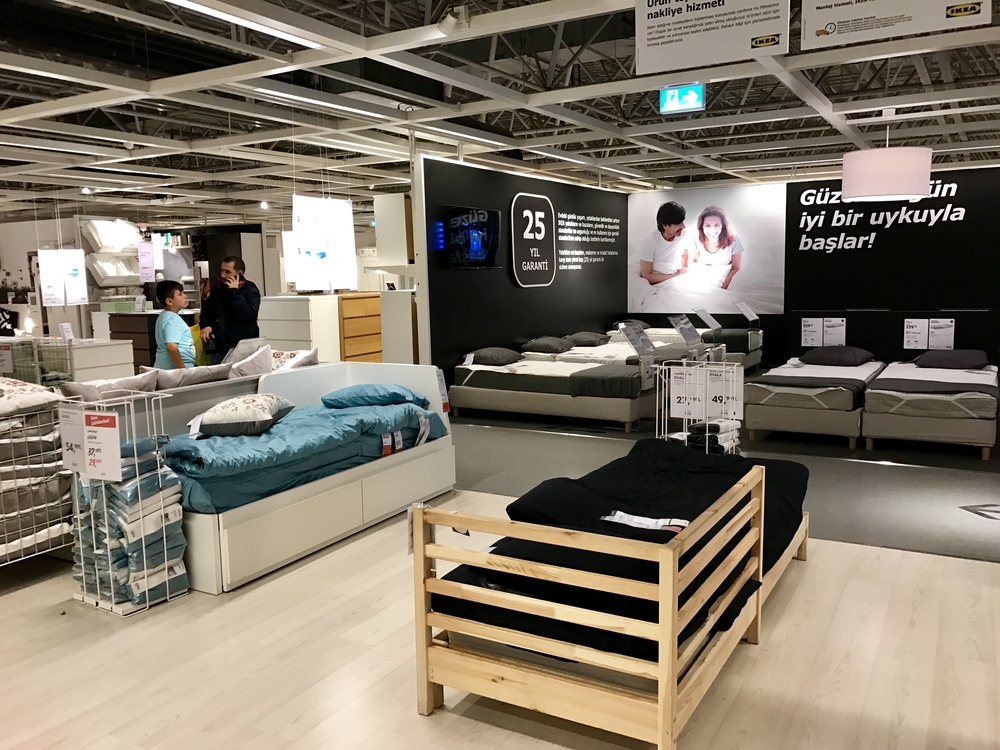If you’re running a retail business, the experience of your customers is key to your success. Designing a better retail experience doesn’t just maximise your sales, it elevates your brand, generates loyal customers and serves as its own marketing.
Retail Architecture is its own specialism with designers and architects working to immerse consumers in the brand messaging of the company and highlight products in the best possible light. From the store layout to the furnishing, everything has to be rooted in the customer’s experience: helping them to find your products or experience your brand identity. If your stores feel like they are cluttered and gimmicky rather than carefully designed with well chosen decorations, you’ll impede their experience rather than smooth their way and drive your customers away.
The most important thing is to decide what your brand identity is, and how this should be expressed physically. There are no easy answers here: everything depends on the specifics of your brand. To give one possible, if your fashion company trades on a reputation for exclusivity and luxury, and it would undermine your brand to have your boutiques piled high with products. It expresses your identity better to have fewer products, with the space for each one to receive individual focus and attention. Using classic, natural materials like wood panelling and marble help to reinforce the message that you deal in luxury and keeps the focus on the clothing.
When you’re planning your customer’s journey around your store, keep telling that brand story. The area immediately inside the doors is known as the ‘decompression zone’ and it serves two purposes. Firstly, it’s an open space that allows customers to refocus on your shop when they enter. It’s also a chance for you to make them a pitch. You can use this area to show them what your brand is, and why they’ve made the right decision to come in today. How you do this depends on your brand: a shop specialising in everyday necessities would benefit from highlighting low prices and deals, while a high-end boutique would do well to display a small selection of new, exciting items.
The vast majority of shoppers turn right when they enter a shop. This gives you a starting point for their journey, and a sense of momentum. You can use this to lead customers around your store, maximising their exposure to your products and branding. So-called speed-bumps will help to slow customers down and focus their attention on specific products, whether it’s in the form of seasonal displays, or table displays to make a visual from the aisle and shelf layout of most stores.
As they approach the till, customers should have been exposed to the best of your branding, and your most exciting products, with a smooth experience that sees them eager to return. The till area itself needs to offer ample space so customers can pay in comfort. This gives you the opportunity to display some last minute impulse buy sales, and gives your designers a canvas to work on the create your customers’ final impress in the store: one that reinforces the story they’ve been told and invites them to return soon.
